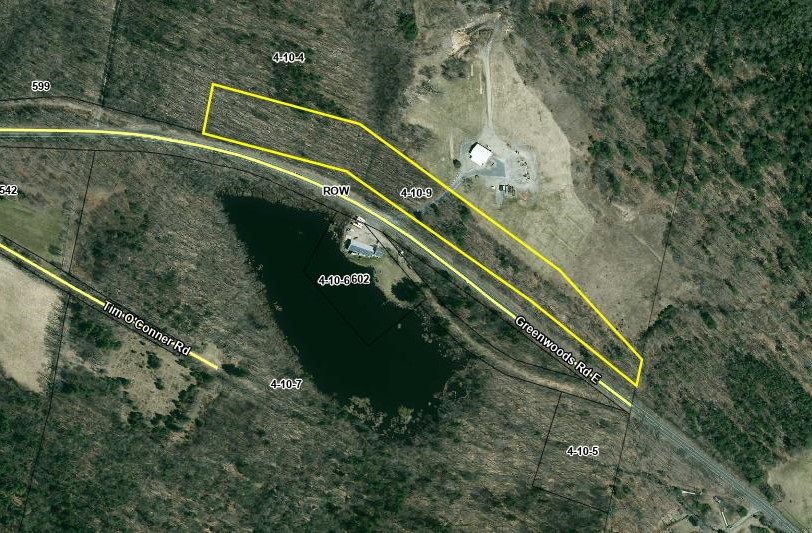Lady Bird Johnson’s Beauty Strip Still Shielding Unsightly Views
By David Beers
In 1965, First Lady Claudia “Lady Bird” Johnson worked the halls of Congress to help pass the Federal Highway Beautification Act (HBA). This act created regulations for the size and location of billboards along federal and interstate highways. It also created annual federal funding for projects that enhance the beauty and enjoyability of the nation’s federal highways (think Route 66) and the new interstate controlled-access highways, such as I-95. This act is still in force today and still has an annual funding allocation. The roadside picnic areas along Route 7 toward Great Barrington are thanks to HBA funding.
What is a federal highway? In the 1920s and 1930s, a mishmash of roads was combined to create the federal highway system. Each highway spans several states and each receives federal funding and oversight. States receive funding and guidance to administer and maintain their sections of these 194 federal highways.
U.S. Route 44 in Norfolk is part of 237 miles of roadway that span four states and goes through the heart of some large cities, including Taunton, Mass.; Providence, R.I; Hartford, Conn.; and Poughkeepsie, N.Y. Route 44 starts where the Mayflower landed in Plymouth, Mass., and it ends at Route 209 in Kerhonkson, N.Y., in the southern Catskills. In Connecticut, it is labeled the Jonathan Trumbull Highway. Trumbull was the governor of Connecticut before, during and after the Revolutionary War. He was the only governor to side with the colonists at the start of the war.
Returning to the HBA, states can opt out of it, but if they do so, they would lose 10 percent of their federal highway funds along with all HBA funds. Connecticut and most of the northeast states go along with the HBA. Its most well-known and significant rule is that no large billboards may be placed within 660 feet of a road. Those odd clumps of billboards sometimes seen way out across a farm field are the 660-foot-rule in action. Of course, there are specifications clarifying what constitutes a large billboard. States can apply for exemptions in commercial, industrial and rural zones.
Why 660 feet? In Old English measurements, this is 10 chains or 40 rods or one furlough. A furlough is short for “a furrow long,” or how far an oxen team can pull a heavy plow before needing a rest. Drivers speeding by billboards at the far edge of a field can amaze passengers by pointing out that ‘Those billboards are set back from the road about how far an oxen team can pull a plow before resting.” Drivers should then perhaps be prepared for their passengers to turn up the music.
In its initial years, HBA included funding for states to acquire land as visual buffers, sometimes called “beauty strips.” Using HBA funding in the late 1960s, Connecticut purchased 33 roadside tax parcels totaling 47 acres in eight towns along seven highways. One of those parcels is a seven-acre strip of land on the north side of Route 44 alongside Norfolk’s transfer station. At the time of its purchase by the state from the town of Norfolk, the parcel was to be a visual buffer for an unsightly town landfill. The wooded parcel is 2,300 feet long and 125 feet wide and now has mature forest. Back then it was, of course, a much younger forest.
Today the trees are larger. The landfill became a transfer station in 1995. The purchase of this beauty strip, made over a half century ago, has mostly been forgotten. Yet, soon this wooded buffer will keep drivers from being blinded by the glare of a solar field. When this parcel was first surveyed for its sale in 1968, such a future was inconceivable. Who knows what this strip will be a visual buffer for in another 50 years.

Photo courtesy of Town of Norfolk
